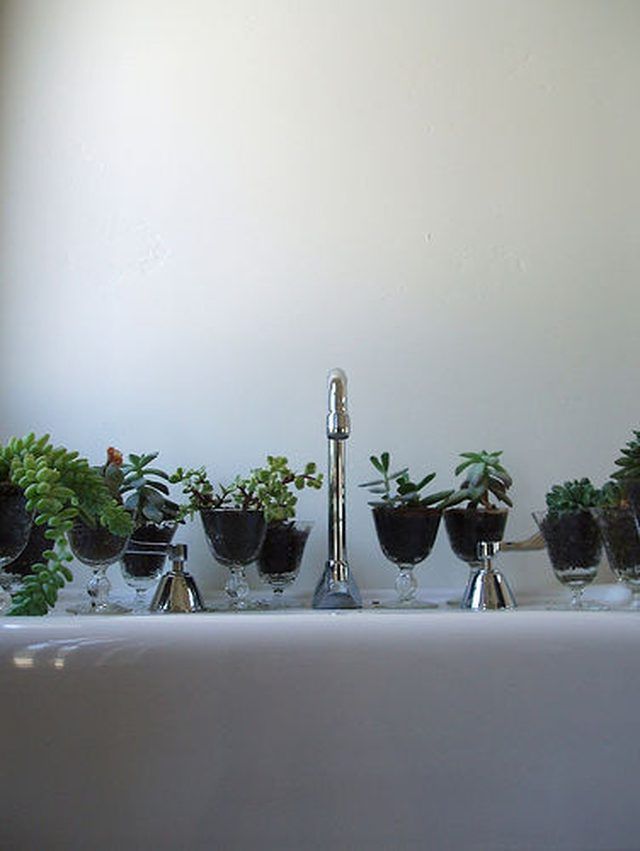Bulbs
Flower Basics
Flower Beds & Specialty Gardens
Flower Garden
Garden Furniture
Garden Gnomes
Garden Seeds
Garden Sheds
Garden Statues
Garden Tools & Supplies
Gardening Basics
Green & Organic
Groundcovers & Vines
Growing Annuals
Growing Basil
Growing Beans
Growing Berries
Growing Blueberries
Growing Cactus
Growing Corn
Growing Cotton
Growing Edibles
Growing Flowers
Growing Garlic
Growing Grapes
Growing Grass
Growing Herbs
Growing Jasmine
Growing Mint
Growing Mushrooms
Orchids
Growing Peanuts
Growing Perennials
Growing Plants
Growing Rosemary
Growing Roses
Growing Strawberries
Growing Sunflowers
Growing Thyme
Growing Tomatoes
Growing Tulips
Growing Vegetables
Herb Basics
Herb Garden
Indoor Growing
Landscaping Basics
Landscaping Patios
Landscaping Plants
Landscaping Shrubs
Landscaping Trees
Landscaping Walks & Pathways
Lawn Basics
Lawn Maintenance
Lawn Mowers
Lawn Ornaments
Lawn Planting
Lawn Tools
Outdoor Growing
Overall Landscape Planning
Pests, Weeds & Problems
Plant Basics
Rock Garden
Rose Garden
Shrubs
Soil
Specialty Gardens
Trees
Vegetable Garden
Yard Maintenance
Is Purslane an Annual or a Perennial?
Is Purslane an Annual or a Perennial?. Purslane, scientific name Portulaca oleracea, is an annual, edible succulent plant. It is also called Pusley, Verdolaga, Pigweed, and Hogweed.

Purslane, scientific name Portulaca oleracea, is an annual, edible succulent plant. It is also called Pusley, Verdolaga, Pigweed, and Hogweed.
Description
Purslane has a thick reddish stem and succulent, rounded leaves that grow in clusters. Its flowers are small and yellow, with five petals, and they bloom according to rainfall or moisture. It grows low to the ground and tends to spread.
Origin
Purslane originated in North Africa, the Middle East, and India. It probably spread to North America and elsewhere prior to the mid-1400s.
Cultivation
Purslane is an easy plant to grow, even in an arid climate. As a succulent, it is heat- and drought-tolerant, and a very hardy plant. In fact, it is often considered a weed in North America. It tends to sprawl across the ground, and will need to be cut back to be maintained.
Check with regulations in your area before planting purslane; in some regions it is considered an invasive weed.
Culinary Uses
All parts of Purslane are edible: leaves, flowers, and stem. It has a slightly sweet and sour flavor and a chewy texture. It is commonly eaten fresh, cooked, or in soups and stews.
Interesting Facts
Purslane is sometimes known as the Dolly Parton flower because of when it blooms--from 9 a.m. to 5 p.m.
Purslane is a good source of Omega-3 fatty acids and Vitamins A and C.
It is considered a edible plant in Mexican, Russian, and Mediterranean cultures, among others.